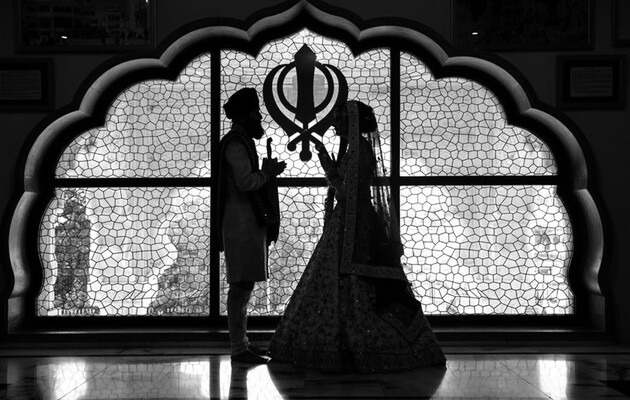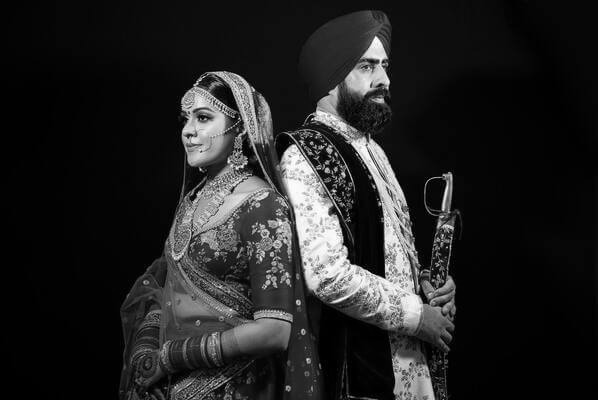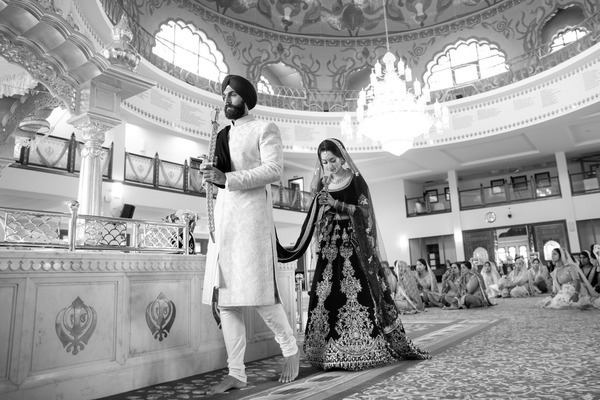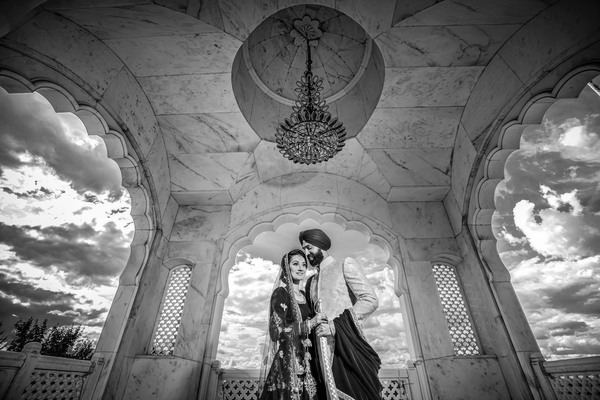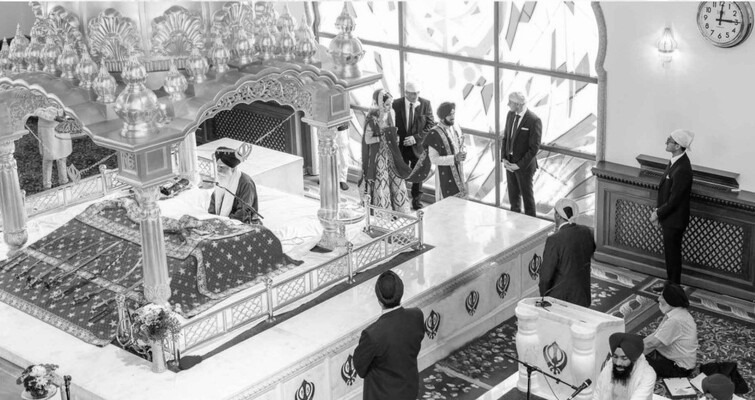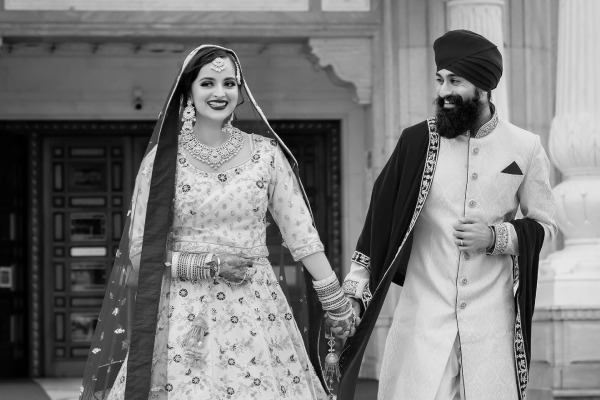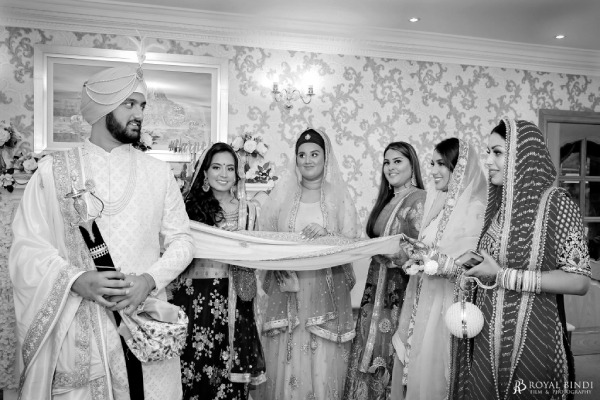While the creative aspect of monochrome photography is crucial, the choice of equipment also plays a significant role in achieving outstanding results. Here are some considerations when selecting cameras and technology for monochrome photography:
Camera Choice: Many modern digital cameras are capable of capturing monochrome images. Look for cameras with high-resolution sensors, as this can provide more detail in your monochrome shots. Full-frame or medium-format cameras often yield excellent results.
Lenses: Quality lenses are essential for sharp, detailed monochrome photos. Prime lenses with a wide aperture (e.g., f/1.4 or f/1.8) can create beautiful background blur (bokeh) and make your subject stand out.
Filters: Filters can be valuable tools for controlling light in monochrome photography. Consider investing in black and white filters, such as red, yellow, and orange filters, which affect the way different colours are rendered in shades of grey.
High Dynamic Range (HDR): High dynamic range technology can be beneficial for monochrome photography. It allows you to capture a broader range of tonal values, resulting in images with rich details in both highlights and shadows.
Post-Processing Software: After capturing monochrome images, post-processing is essential to fine-tune the results. Software like Adobe Lightroom and Photoshop offers advanced monochrome editing tools, allowing you to adjust contrast, brightness, and fine-tune tonal values.
Sensor Size: In digital photography, larger sensors typically provide better image quality. Cameras with full-frame or medium-format sensors offer advantages in terms of detail, dynamic range, and noise control.
Infrared Photography: Some Asian wedding photographers explore the world of monochrome through infrared photography. Specialized cameras or converted infrared cameras can capture unique monochrome images by emphasizing infrared light.
Film Photography: For those who prefer traditional film photography, black and white film is available in various formats, such as 35mm and medium format. Film cameras equipped with high-quality lenses can produce stunning monochrome images.

